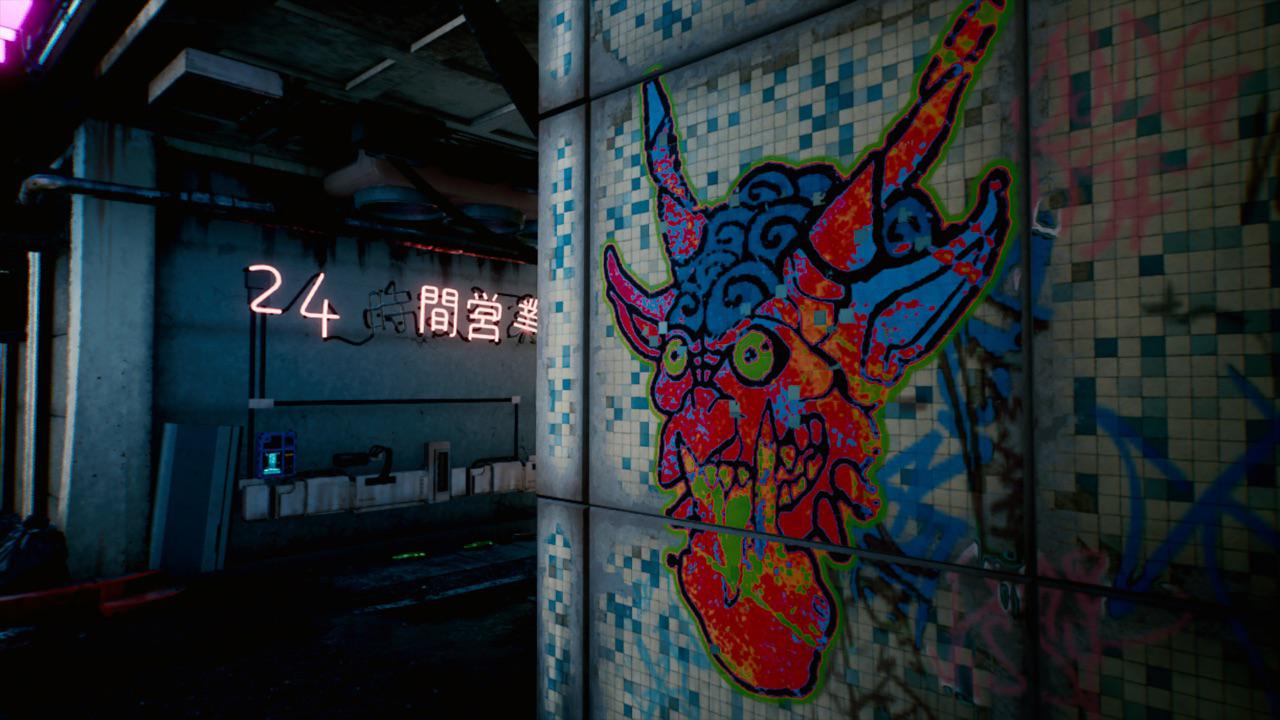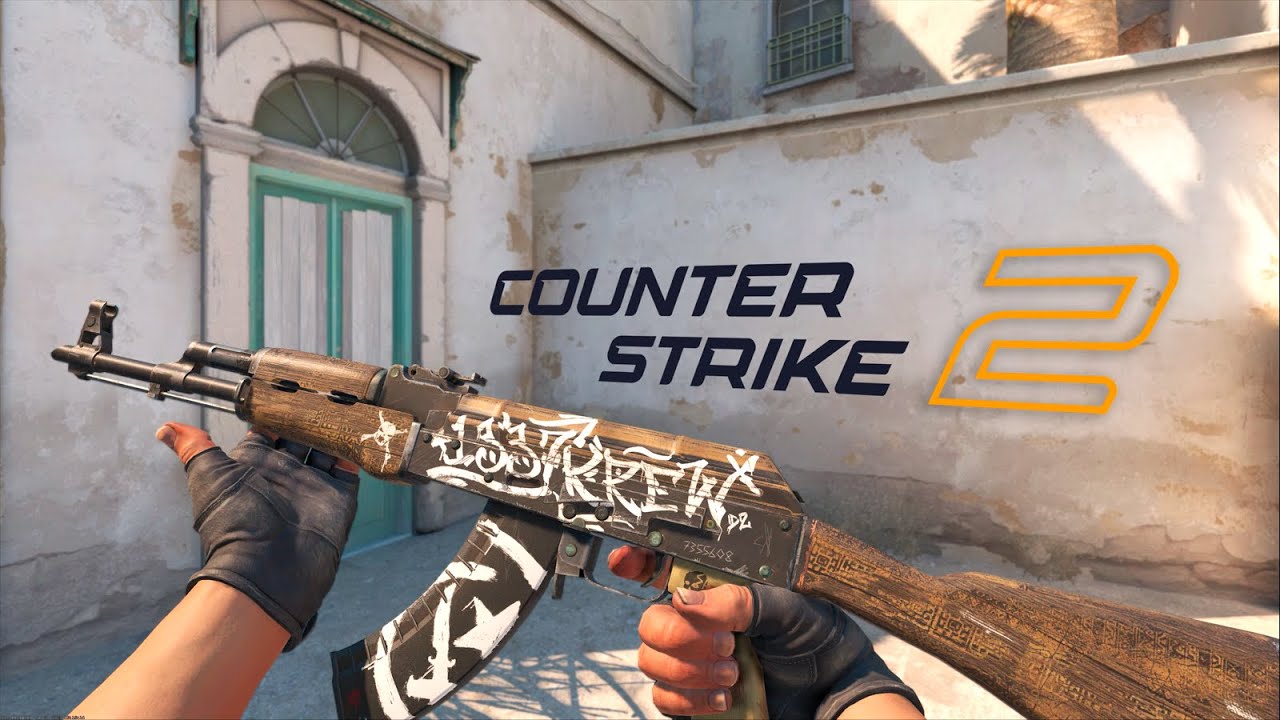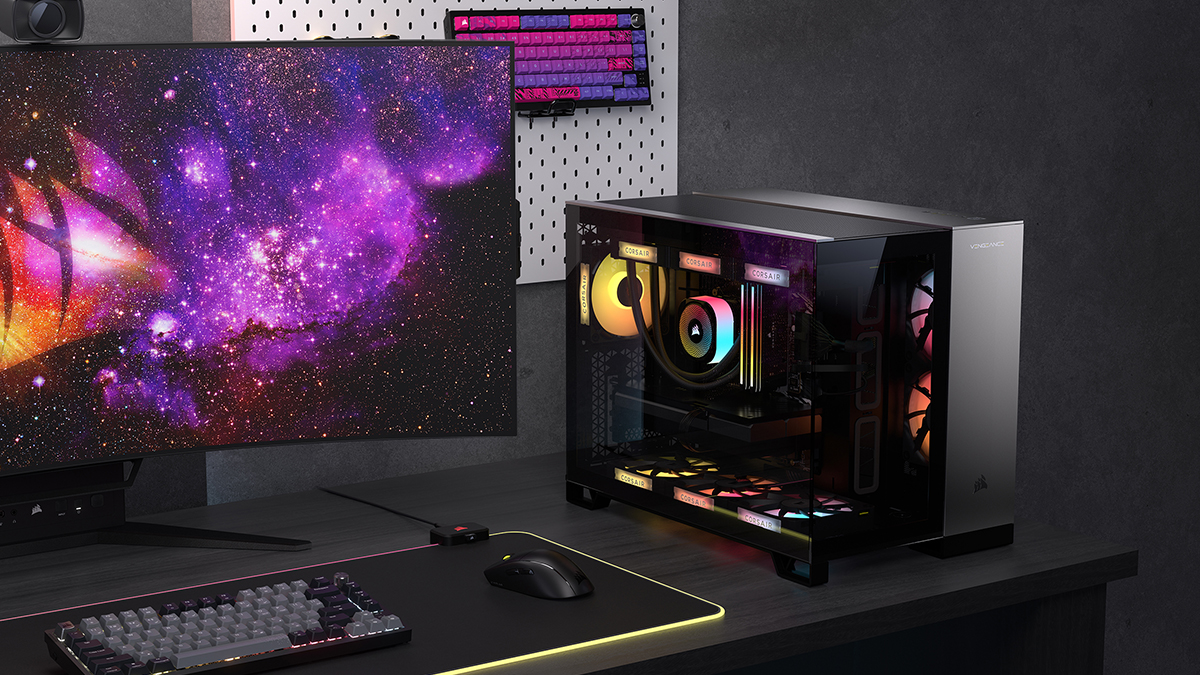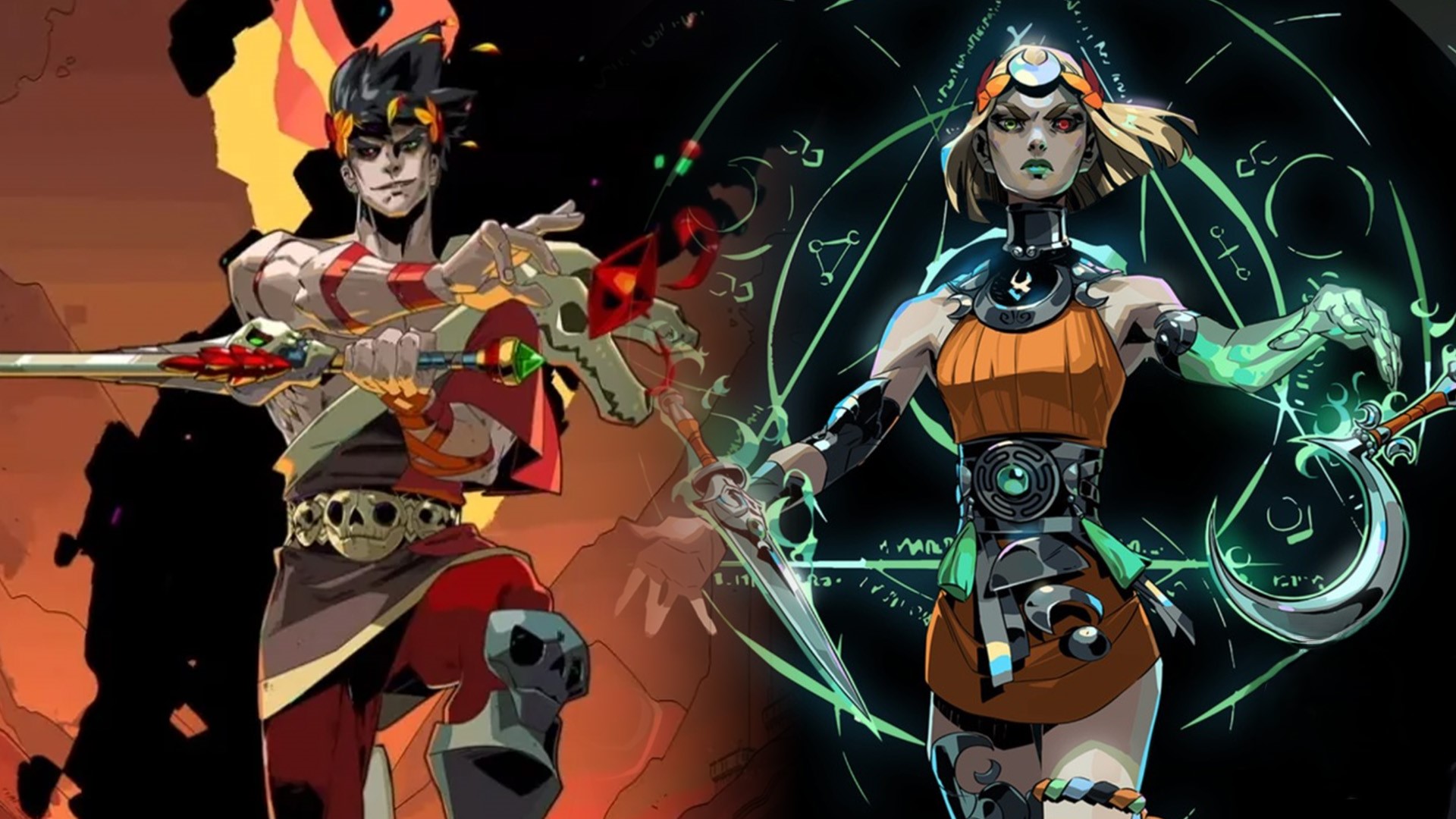- Street art’s core idea of self-expression has moved from physical walls to digital platforms like video games and anime.
- While the methods are different, the purpose of digital graffiti is the same as traditional street art: to gain visibility and make a statement.
- Digital art can reach a worldwide audience immediately, unlike a physical mural, which is limited to its local area.
Street art has always been about breaking rules, speaking out, and making sure your message can’t be ignored. It used to mean sneaking out with spray paint and risking trouble to cover a wall. Now it’s gone digital, and I can’t help but notice how much it feels like what happens in gaming.
Creativity doesn’t stay in one place anymore. Artists and players are mixing real life with online worlds, and the result is just as bold as the streets ever were.
Remember wandering through GTA’s Los Santos and noticing those spray-painted walls that made the city feel real? That’s when it clicked for me that street art isn’t just stuck in the real world anymore. It’s all over our screens, especially in games, and honestly, it’s one of the coolest parts of gaming right now.
From Walls To Screens

I used to think street art was all about the thrill, sneaking out late, spray can in hand, hoping you didn’t get caught. That raw vibe from ’70s New York, where walls became voices against the system, grabbed me right away.
Fast-forward to today, and that same spirit is alive online. In games, digital street art has leveled up. You’ll see it in Fortnite builds or Roblox worlds, where anyone can leave their mark without stepping outside.
Take Kingspray Graffiti, which just dropped a big Meta Quest update this summer. I tried it, and it felt like jumping into a neon street jam. You pick up a virtual spray can, tag massive walls with friends, and watch your art come alive in real time.
It’s got the same graffiti energy, but now with multiplayer madness, perfect for late nights creating with random people from around the world. No walls to run out of, no weather to fight, just endless, shareable chaos saved in the cloud.
Graffiti Culture Still Matters
The tools might look different now, but the significance of graffiti culture remains. Graffiti has always been a way for people to speak up when no one else was listening. In ’70s New York, whole walls turned into open journals, sharing stories that weren’t making the news. That energy is still alive today.
Digital street art keeps that same spirit, only now it’s not tied to one neighborhood but has gone global. A tag in a VR warehouse or the walls in Cyberpunk 2077 carry the same drive: to be noticed, to be heard, and to carve out a place in a noisy world.
Tech’s the secret sauce here, turning solo sketches into full-on experiences. AR apps let you overlay digital tags on real streets via your phone; super eco-friendly, no paint mess.
This is where it really overlaps with gaming, because in games, we’re already used to AR filters, custom skins, or modding spaces to make them our own. Digital street art feels like a cousin to that, just with a heavier focus on culture and storytelling.
Art Without Borders

The best part? The reach. A wall in your neighborhood used to only speak to locals. Now, digital art can go worldwide in seconds.
I’ve watched artists from opposite sides of the planet team up and create together, just like gamers linking up from different continents.
You can easily create weapon skins in CS2 thanks to the tools given by Valve. You’re free to express yourself through your art, and if the skin gets accepted, it’ll gain exposure from millions of players playing daily.
And unlike traditional art, there’s no gatekeeper here. No galleries to impress, no permits to fight for. You just make something, upload it, and share.
That freedom feels the same as dropping fan art, a custom CS2 skin, or even a meme that suddenly takes off.
When Art Gets Commercial
I’m all for this digital wave, but it’s not without issues. The biggest one for me is the cash grab. Big brands are jumping in, turning tags into NFTs or plastering logos on events, and it chips away at that raw, street-level vibe.
Then there’s the access problem. VR is cool, but not everyone owns a headset. Street art in real life was free; you just walked by and saw it.
Digital versions can sit behind paywalls or pricey tech, which goes against the “for everyone” spirit. If we want this culture to grow, it needs to stay open, not locked away for a few.
Regardless, digital street art feels like the next step to me. I grew up with both games and graffiti, and this blend makes sense. I don’t think it’ll ever replace graffiti on walls. Nothing hits like spotting a giant mural on an abandoned building.
But the way gaming opened up new ways to tell stories, digital street art is pushing graffiti beyond the streets and into endless digital spaces. And that’s exciting.
Thank you! Please share your positive feedback. 🔋
How could we improve this post? Please Help us. 😔
Passionate gamer and content creator with vast knowledge of video games, and I enjoy writing content about them. My creativity and ability to think outside the box allow me to approach gaming uniquely. With my dedication to gaming and content creation, I’m constantly exploring new ways to share my passion with others.


 Threads
Threads

